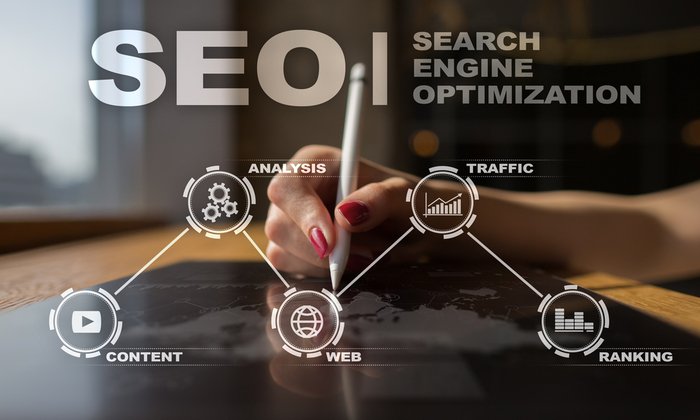Images area unit is crucial to making sure that your content is a lot friendly, engaging, and fascinating to users; however, they're reasonably vital in SEO.
First, they furnish search engines with vital discourse info. Second, optimized pictures advance up page loading, which will increase user commitment and computer program rankings.
To give your whole the most effective chance to reach with SEO, you must perceive the fundamentals of image improvement.

Image improvement is the method of making and producing high-quality images within the ideal format, size, and determination to extend user action. It conjointly includes correctly identifying pictures; thus, search engine crawlers scan them and perceive page context.
According to protocol Archive, images created au courant average twenty-first of a complete internet page's weight as of November 2018. As a result of pictures apply a lot of bytes than the other parts of an internet site, their size and quality slowly modify web site performance.
If you cut back the scale of pictures while not compromising quality, page load times are better, and, after, the expertise of website guests will too. An Aberdeen cluster study shows that a one-second suspension in load time equals seven-membered call conversions. About four-hundredth of individuals abandon an internet site that takes over 3 seconds to load.
● size your pictures Image size and file area don't seem to be an identical issues. Image area refers to the scale of a picture (e.g., 1024 by 680 pixels). The file size is the number of houses required to store it on the server (e.g., 350 kilobytes).
Images with larger resolution and more significant dimensions (often created with an expert camera) significantly slow your page load times. While they work well for a print copy, you wish to climb down the file size while not losing an excessive place for them to perform well online.
● Pick the correct file format. PNG, JPEG, and GIF area units are all standard. Everyone has its edges. I like to recommend JPEG for images with voluminous color and PNG for candid photos.
● Choose the proper compression rate. If you compress an image an excessive amount, the file size is tiny; however, the image position is flawed. On the other hand, the image quality is high after using an occasional compression rate; however, the file size is enormous.
Ideally, it would help if you experimented with your file sorts and compression rates to examine what achieves best for every image. Several image-editing tools, together with Adobe Photoshop, have a "save for the web" choice that automatically reduces the file size whereas optimizing image position.
● Optimize image file names Choosing the proper file name is vital for your page SEO and for ranking in image search results. Before uploading any image, name the file with relevant, descriptive keywords to urge the foremost SEO power.
● Use alt tags Observers might perceive what an image is regarding; however, computer program spiders still would like clues. While not different text, it's not possible for search engines to correctly index your image content. A decent alt tag provides context and helps visually impaired users too. Even once pictures aren't packing due to a defect, search engines will still scan the choice text to rank a page. Brand-relevant words are often enclosed here to spice up visibility. Simply avoid keyword quilting.
● Optimize the image title If you employ WordPress, the image title {is usually|is typical |is thusmetimes} secured from the name of the file, so you'll be able to leave it because it is typically. If you don't practice WordPress or the title doesn't justify the image, rename it with the suitable keywords within the same approach as file names.
Image titles are a unit slighter for SEO; however, they'll offer further connection to the altitude text. Image titles are a lot of use in terms of user engagement. contemplate adding a quick decision to action like "buy now" or "download nowadays."
● embody captions Image captions – the words immediately below pictures – might not directly impact SEO, but, in contrast, to file names and altitude text, headings area units are visible on an internet site page. For this purpose, they'll boost the user's expertise.
If you're troubled to urge your content to be detected, keep these ways in mind before you transfer any image. These image improvement methods can improve the likability of your content by each search engine and human user.

Comments